
- Shandong Loyal Industrial Co.,Ltd.
- SHORT-CUT PASTA PRODUCTION LINE LONG-CUT PASTA PRODUCTION LINE INSTANT PASTA PRODUCTION LINE
Home> Application> Cutting-edge Technology: Fully Automated Systems for Streamlined Spaghetti Production

Cutting-edge Technology: Fully Automated Systems for Streamlined Spaghetti Production
Cutting-edge Technology: Fully Automated Systems for Streamlined Spaghetti Production
Introduction
Shandong Loyal Industrial Co., Ltd. has incorporated advanced technologies from BID and HEMAKS in the production of its macaroni.The contemporary landscape of pasta manufacturing is undergoing a profound shift, courtesy of cutting-edge technology. The adoption of fully automated systems stands as a testament to this transformation, promising a revolution in the way we perceive and execute streamlined spaghetti production. In this introduction, we embark on a journey to unravel the impact of technological advancements on the pasta industry, highlighting the significance of embracing fully automated systems for a more efficient and sustainable future.

Evolution of Pasta Manufacturing
To understand the significance of fully automated systems, we delve into the historical context of traditional pasta production. From manual methods to the integration of machinery, the evolution has been continuous. Technological advancements have played a pivotal role in automating various aspects of the industry, paving the way for a transformative role that fully automated systems play in modernizing and optimizing spaghetti production.
Fully Automated Systems Defined
In this section, we define fully automated systems within the realm of pasta manufacturing. Understanding the key components and functionalities of these advanced technological solutions becomes crucial. The discussion revolves around how these systems bring unparalleled efficiency and precision to spaghetti production, ensuring a level of quality that surpasses traditional methods.
Technological Innovations Shaping the Future
Our exploration takes us into the realm of cutting-edge technologies that propel the revolution in pasta manufacturing. The integration of artificial intelligence and robotics emerges as a driving force, optimizing not only the efficiency but also the sustainability of spaghetti production. Sustainable practices and eco-friendly initiatives take center stage, reshaping the industry's approach to modern pasta manufacturing.

Benefits of Fully Automated Spaghetti Production
Fully automated systems present a plethora of benefits, from streamlined workflows to increased production efficiency. The precision and consistency achieved through automation redefine the very essence of pasta quality, all while contributing to a significant reduction in environmental impact and resource consumption. These benefits underscore the transformative nature of embracing fully automated systems in the context of spaghetti production.
Real-world Applications and Success Stories
In this section, we transition from theory to reality, examining tangible examples of pasta manufacturing facilities that have embraced fully automated solutions. These real-world applications serve as living proof of the transformative impact on efficiency and sustainability in spaghetti production. Through detailed case studies, we explore how these facilities have not only met but exceeded industry standards, offering valuable insights from industry leaders who championed these unique implementations.
Challenges and Solutions
Despite the undeniable benefits, adopting fully automated systems for spaghetti production presents its own set of challenges. This section delves into potential hurdles and bottlenecks that manufacturers might encounter. From technological integration challenges to addressing workforce concerns, innovative solutions are explored to ensure a smooth transition and integration of fully automated systems. The discussion emphasizes the delicate balance required to achieve both efficiency goals and sustainable, responsible manufacturing practices.
Future Trends and Innovations
As we look ahead, this section examines the emerging technologies that will shape the future of automated pasta manufacturing. Anticipated developments in efficiency, sustainability, and quality control are discussed, offering a glimpse into the trajectory of the industry. The role of fully automated systems is pivotal in defining the future landscape of streamlined spaghetti production, paving the way for a more advanced, sustainable, and technologically driven era.

Common Questions about Spaghetti Production
In this section, we address common queries and concerns regarding the adoption of fully automated systems for spaghetti production.
1. Q: What challenges might manufacturers face in transitioning to fully automated spaghetti production?
A: Manufacturers may encounter challenges such as initial setup costs, workforce upskilling, and the need for a seamless integration strategy. However, these challenges are often outweighed by the long-term benefits of increased efficiency and sustainability.
2. Q: How do fully automated systems contribute to environmental sustainability in spaghetti production?
A: Fully automated systems optimize resource utilization, reduce energy consumption, and minimize waste, leading to a significant reduction in the environmental footprint of spaghetti production.
3. Q: Are fully automated processes suitable for small-scale pasta manufacturers?
A: While the initial investment might be higher, advancements in technology are making fully automated systems more adaptable and scalable. Small-scale manufacturers can find tailored solutions that suit their production needs.
4. Q: What role does artificial intelligence play in enhancing spaghetti production processes?
A: Artificial intelligence optimizes decision-making processes, improves quality control, and enhances overall efficiency in spaghetti production. It enables adaptive systems capable of learning and evolving based on real-time data.
5. Q: How can manufacturers balance the drive for efficiency with responsible and sustainable practices in spaghetti production?
A: Striking a balance involves adopting sustainable practices, such as energy-efficient technologies and eco-friendly initiatives. Manufacturers can prioritize responsible production methods while reaping the benefits of efficiency.
Conclusion
In conclusion, the journey of streamlined spaghetti production through cutting-edge technology and fully automated systems represents not just a technological advancement but a paradigm shift in the pasta manufacturing industry. The benefits of increased efficiency, precision, and sustainability underscore the transformative impact. As we move forward, the integration of these technologies promises to define the future landscape, offering a glimpse into a new era of pasta production where innovation and sustainability go hand in hand.
Contact Us

- Shandong Loyal Industrial Co.,Ltd.
- Telephone+86 13176674591
- Email[email protected]
- WhatsApp+86 13176674591
- WeChat13176674591
- AddressC623, Jiahui Global Plaza, No. 548, Beiyuan Street, Tianqiao District, Jinan City, Shandong Province
- Factory AddressADD -300m North of Zhangxia Industrial Park, Binhe Road, Zhangxia Town, Changqing District, Jinan
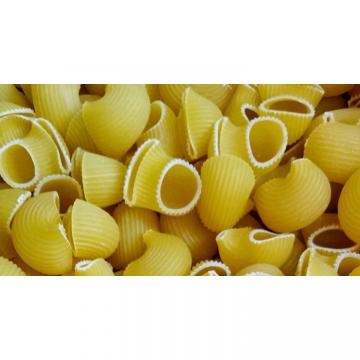

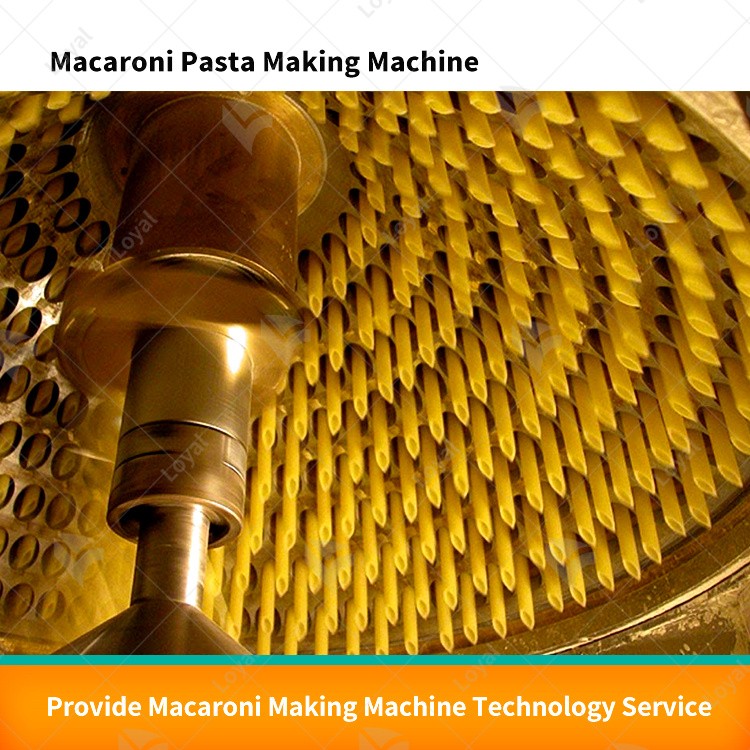

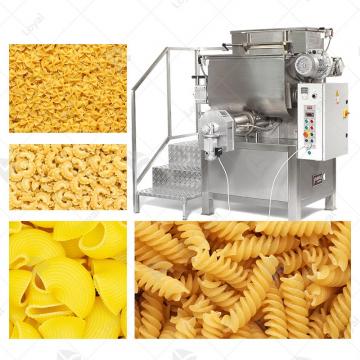
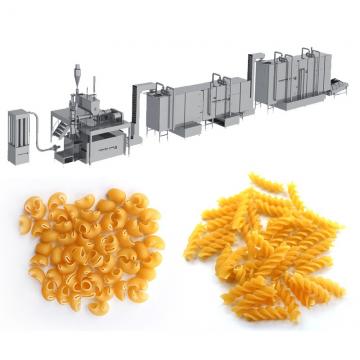 Vacuum Extruder Pasta Machine
Vacuum Extruder Pasta Machine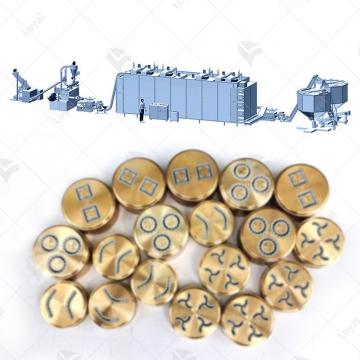 Macaroni Pasta Production Line
Macaroni Pasta Production Line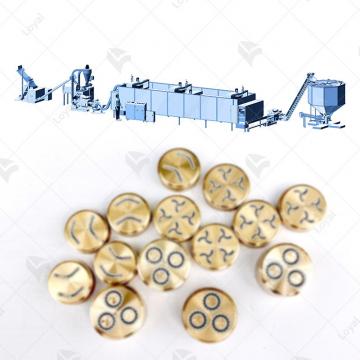 Pasta Processing Equipment
Pasta Processing Equipment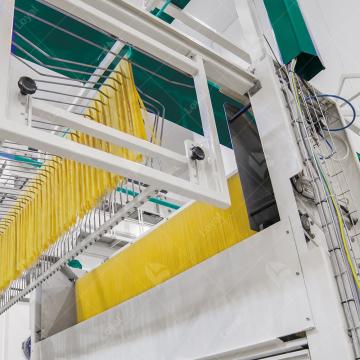 Long-Cut Pasta Production Line
Long-Cut Pasta Production Line